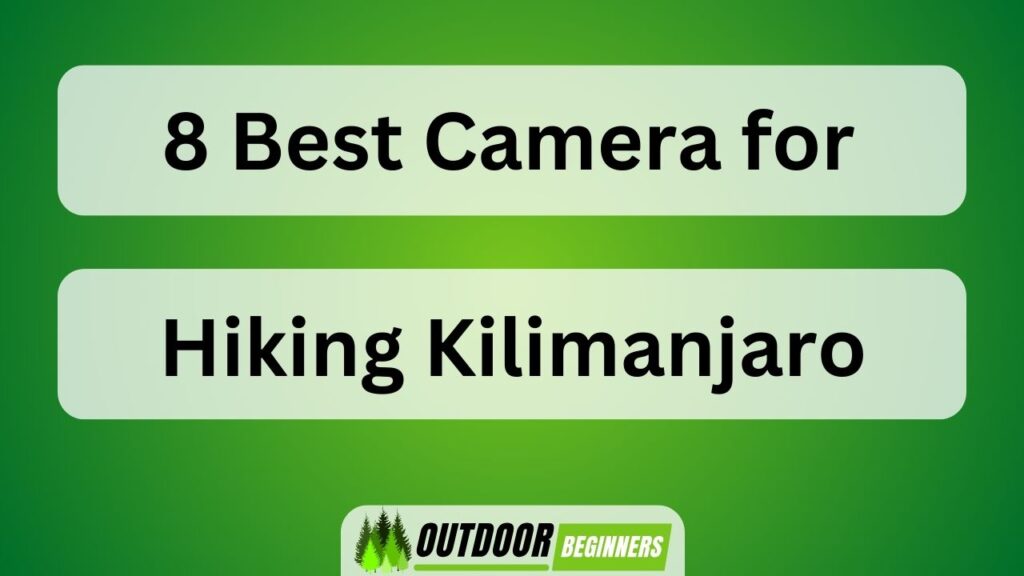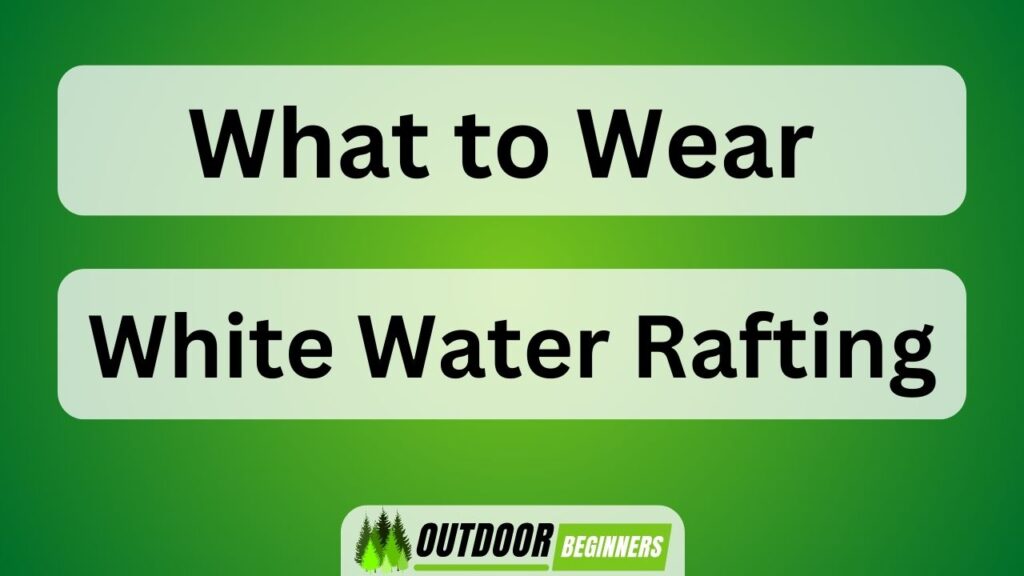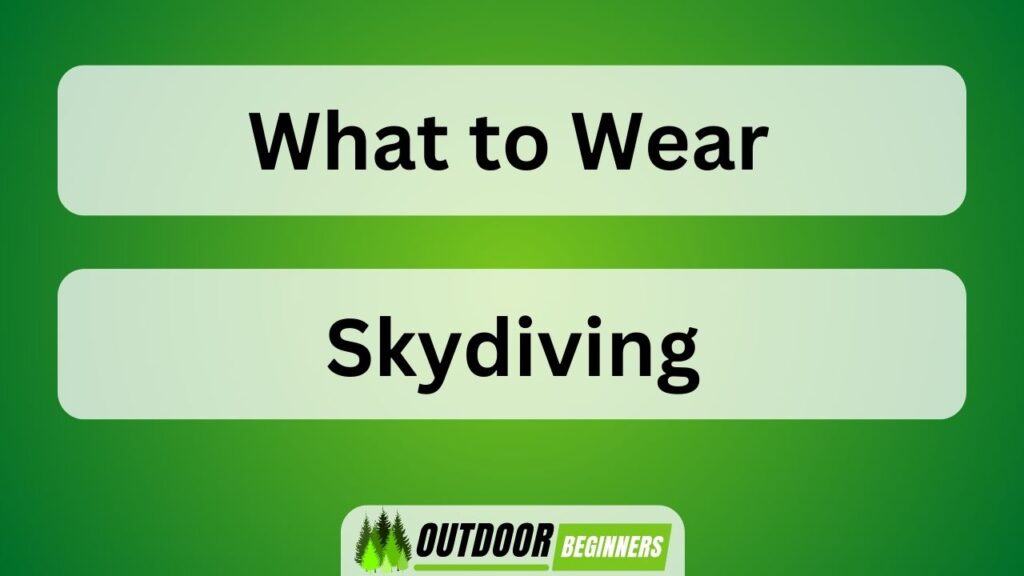Are you ready for an adventure of a lifetime? Well, we’ve got just the thing for you!
In this article, we’ll be exploring the 8 best cameras for hiking Kilimanjaro. Whether you’re a professional photographer or just someone who loves capturing breathtaking moments, we’ve got options to suit every need.

From mirrorless and DSLR cameras to waterproof and compact ones, we’ve done the research so you don’t have to.
So grab your gear and get ready to capture stunning images on your journey up Africa’s highest peak!
Key Takeaways of 8 Best Camera for Hiking Kilimanjaro
- Mirrorless and DSLR cameras are top options for hiking Kilimanjaro due to their lightweight and compact size, advanced autofocus systems, high-speed continuous shooting capabilities, and built-in image stabilization.
- Waterproof and durability features are crucial when choosing a camera for hiking Kilimanjaro, including submersible depth ratings, weather resistance, impact resistance, and cameras designed with robust seals and durable materials.
- Compact and lightweight cameras are ideal for hiking Kilimanjaro, offering portability, durability features for outdoor use, impressive image quality, and the ability to withstand harsh weather conditions.
- Action cameras are another excellent choice for hiking Kilimanjaro, providing durability for extreme environments, wide-angle lenses for capturing landscapes, mounting options for versatile use, and the ability to capture fast-paced moments.
Mirrorless Cameras
If you want a lightweight option, consider getting a mirrorless camera for your hike up Kilimanjaro. Mirrorless cameras have become increasingly popular among photographers due to their numerous benefits.
One of the main advantages is their compact size and weight, making them perfect for outdoor activities like hiking. These cameras are also known for their advanced autofocus systems and high-speed continuous shooting capabilities, allowing you to capture fast-moving subjects with ease.
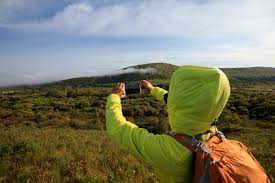
Additionally, mirrorless cameras often come with built-in image stabilization, which helps reduce blur caused by hand shake or vibrations during your hike. When it comes to choosing the best mirrorless camera for your adventure, some top options include the Sony Alpha series and Fujifilm X-T3.
Now let’s explore another great option: DSLR cameras.
DSLR Cameras
You’ll want to consider a DSLR camera for capturing the stunning landscapes of your Kilimanjaro hike. DSLR cameras are known for their exceptional image quality and versatility, making them a great choice for outdoor photography. When it comes to durability vs. price, DSLRs often offer rugged construction that can withstand the demands of hiking and harsh weather conditions.
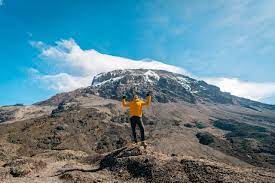
Additionally, many DSLRs come equipped with advanced image stabilization features, such as optical or sensor-shift stabilization, which help reduce blur caused by camera shake when shooting handheld. These features are crucial when you’re navigating uneven terrain or dealing with windy conditions on your hike.
Transitioning into the next section about waterproof cameras, if you anticipate encountering wet environments during your Kilimanjaro adventure, waterproof cameras may be worth considering for their added protection against water damage.
Waterproof Cameras
When it comes to waterproof cameras, there are several key points to consider.
Firstly, durability vs. performance is an important factor. It’s crucial to find a camera that can withstand the rigors of outdoor activities while still delivering high-quality images and videos.
Secondly, submersible depth ratings are worth considering. These ratings indicate how deep the camera can be submerged underwater without sustaining damage.
Lastly, a compact and lightweight design is essential for those who want to travel light and easily carry their camera on adventures.
Overall, considering these factors will help you find the perfect waterproof camera for your needs.
Durability Vs. Performance
The durability of a camera is just as important as its performance when hiking Kilimanjaro. As avid hikers ourselves, we understand the need for a camera that can withstand the rugged conditions of such an adventure. Here are four key factors to consider when weighing durability against performance:
- Durability vs. Price: While it may be tempting to opt for a cheaper camera, investing in one with better build quality will ensure it survives the harsh elements of Kilimanjaro.
- Performance vs. Weight: Finding a balance between performance and weight is crucial. A lighter camera may be more convenient, but sacrificing too much on performance can lead to lower image quality or limited features.
- Weather resistance: Look for cameras that are weather-sealed or have adequate protection against dust, moisture, and extreme temperatures.
- Impact resistance: Hiking involves unpredictable terrain, so choosing a camera with good shock resistance will protect it from accidental drops or bumps along the way.
Submersible Depth Ratings
Finding a camera that is submersible at greater depths can be advantageous for capturing underwater moments during your adventure. The best camera for scuba diving should have a high submersible depth rating to ensure it can withstand the pressures of deep dives and still deliver exceptional image quality. Look for cameras with depth ratings of at least 30 meters or more, as these will allow you to explore deeper underwater realms without worrying about damaging your gear.
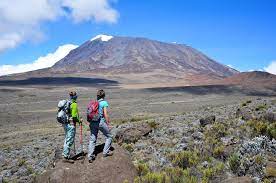
These cameras are designed with robust seals and durable materials to keep water out and protect the sensitive internal components. So, whether you’re exploring colorful coral reefs or encountering fascinating marine life, having a camera with a high submersible depth rating ensures you won’t miss out on capturing those incredible underwater moments.
Compact and Lightweight
If you’re looking for a camera that’s easy to carry and won’t weigh you down during your adventures, consider opting for a compact and lightweight option. These cameras are specifically designed to provide portability benefits without compromising on image quality.
Here are four key features to look for in a hiking camera:
- Size: Compact cameras are small enough to fit into your pocket or backpack, making them ideal for hiking trips where space is limited.
- Weight: Lightweight cameras won’t add extra bulk to your gear, allowing you to move freely and comfortably while exploring the great outdoors.
- Durability: Hiking can be rough on equipment, so choose a camera that is built to withstand the elements with rugged construction and weather sealing.
- Image Quality: Despite their small size, modern compact cameras offer impressive image quality with high-resolution sensors and advanced features like image stabilization and low-light performance.
Compact Cameras
Compact cameras are great options for capturing high-quality photos while hiking Kilimanjaro. These cameras are designed to be lightweight and portable, making them ideal for outdoor adventures. In addition to their compact size, they also offer a range of durability features that make them resistant to harsh weather conditions and rough handling. Many compact cameras come with rugged exteriors and waterproof capabilities, ensuring that they can withstand the challenges of hiking in unpredictable environments. Furthermore, image stabilization is another key feature found in most compact cameras. This technology helps reduce blur and camera shake, allowing you to capture sharp and clear images even while on the move. With their durability features and image stabilization capabilities, compact cameras are reliable companions for any hiker looking to document their Kilimanjaro journey.
| Durability Features | Image Stabilization |
|---|---|
| Rugged exteriors | Reduces camera shake |
| Waterproof | Ensures sharp images |
| Resistant | Captures clear shots |
| Durable | Reduces motion blur |
| Tough | Improves image quality |
Action Cameras
Action cameras are known for their ability to capture fast-paced and adventurous moments with stunning clarity. These compact and versatile devices are perfect for capturing high-resolution footage in extreme environments. Here are four reasons why action cameras are the ideal choice for outdoor enthusiasts:
- Durability: Action cameras are designed to withstand harsh conditions like water, dust, and shocks, making them perfect for hiking Kilimanjaro.
- Wide-angle lens: The wide-angle lens of action cameras allows you to capture more of the breathtaking landscapes during your hike.
- Mounting options: With various mounting accessories available, action cameras can be attached to helmets, backpacks, or even worn on your body to capture unique perspectives.
- High frame rates: Action cameras offer high frame rates that allow you to record smooth and detailed videos of your adventure.
As we transition into the next section about smartphone cameras, it’s important to note that while they have their own advantages, action cameras excel in providing ruggedness and versatility specifically tailored for outdoor activities like hiking Kilimanjaro.
Smartphone Cameras
When it comes to smartphone cameras, there are both limitations and advantages to consider.
While smartphone cameras have come a long way in terms of image quality and features, they still have certain limitations compared to dedicated cameras. For example, the smaller sensor size on smartphones can result in lower image quality and less control over depth of field.
However, there are also numerous advantages to using a smartphone camera, such as convenience, portability, and the ability to quickly share photos online.
Smartphone Camera Limitations
If you want to capture high-quality photos while hiking Kilimanjaro, your smartphone camera may have limitations that you should consider. While smartphone cameras have their advantages, they also come with a few drawbacks when it comes to capturing stunning images in such rugged and challenging environments.
Here are four limitations of smartphone cameras:
- Limited zoom capabilities: Smartphone cameras often have limited optical zoom, making it difficult to capture distant subjects without losing image quality.
- Lack of manual controls: Unlike DSLR or mirrorless cameras, smartphones lack manual controls for adjusting settings like aperture and shutter speed, limiting creative control over the final image.
- Lower image quality in low light conditions: Smartphone cameras struggle in low light situations, resulting in noisy and grainy images with less detail.
- Fragility: Smartphones are delicate devices that can easily get damaged by extreme weather conditions or accidental drops, posing a risk to both the device itself and the data stored within.
Considering these limitations, it’s worth exploring other camera options that offer superior capabilities for capturing breathtaking photos during your Kilimanjaro adventure.
Advantages of Smartphone Cameras
Now that we have discussed the limitations of smartphone cameras, let’s explore their advantages when it comes to capturing moments while hiking Kilimanjaro.
One of the main advantages is their compact size and portability, making them easy to carry during long treks. Additionally, most smartphones today are equipped with high-quality lenses and advanced image processing capabilities, allowing for stunning landscape shots and vibrant colors.
Another advantage is the convenience of having a multi-purpose device that combines a camera, GPS, compass, and weather updates all in one. This saves space in your backpack and ensures you have everything you need at your fingertips.
However, it is important to note that smartphone cameras do have limitations in terms of zoom capabilities and low-light performance. Despite these limitations, smartphone cameras remain a popular choice among hikers due to their versatility and ease of use.
High-Resolution Cameras
For high-resolution pictures while hiking Kilimanjaro, you’ll want to consider cameras with advanced sensor technology. These cameras offer several advantages over lower resolution options, including sharper and more detailed images.
Here are four key reasons why high-resolution cameras are ideal for capturing the breathtaking beauty of Kilimanjaro:
- Enhanced Clarity: High-resolution cameras capture finer details, allowing you to see every intricate feature of the landscape in stunning clarity.
- Greater Flexibility: With high-resolution images, you have the flexibility to crop and enlarge photos without compromising on quality, giving you more creative control.
- Print-Quality Images: High-resolution cameras produce images that are perfect for printing large format prints or creating photo albums as keepsakes from your hiking adventure.
- Image Stabilization Techniques: Many high-resolution cameras come equipped with advanced image stabilization techniques, such as optical or electronic stabilization, which help reduce blur caused by camera shake when hiking.
Investing in a high-resolution camera ensures that you can capture and relive the magic of your Kilimanjaro hike with astonishing detail and vividness.
Lightweight Cameras
Lightweight cameras are ideal for capturing the breathtaking beauty of Kilimanjaro without adding extra weight to our hiking gear. When it comes to choosing a camera for such an adventure, we have two main options: mirrorless and DSLR. Both have their advantages, but lightweight cameras offer unique benefits that make them perfect for hiking expeditions.
Firstly, lightweight cameras are significantly lighter than traditional DSLRs. This means that we can carry them effortlessly during long hikes without feeling weighed down. Additionally, they are compact and portable, making it easier to maneuver through challenging terrains.
Moreover, these cameras still deliver exceptional image quality despite their smaller size. With advanced technology and high-resolution sensors, lightweight cameras allow us to capture stunning details and vibrant colors of Kilimanjaro’s landscapes.
Lastly, many lightweight cameras come with built-in Wi-Fi capabilities, allowing instant sharing of our photos with friends and family back home. This feature adds convenience and ensures that our memories from the journey are captured in real-time.
Frequently Asked Questions
What Are the Best Camera Accessories to Bring on a Hiking Trip to Kilimanjaro?
When hiking Kilimanjaro, it’s important to have the best camera accessories. We recommend bringing high-quality camera filters for capturing stunning landscapes and durable camera straps to keep your gear secure while trekking.
How Can I Protect My Camera From Extreme Weather Conditions While Hiking Kilimanjaro?
When hiking Kilimanjaro, protecting our camera from extreme weather is crucial. We can ensure its safety by investing in a weatherproof camera that can withstand the harsh conditions and capture unforgettable moments.
Are There Any Specific Camera Settings or Features That I Should Consider for Capturing Landscapes During the Hike?
When it comes to landscape photography during a hike, it’s important to consider specific camera settings and features. Factors like aperture, shutter speed, and ISO can greatly impact the quality of your shots in capturing the stunning landscapes.
Can I Use My Camera for Wildlife Photography While Hiking Kilimanjaro?
Yes, you can use your camera for wildlife photography while hiking Kilimanjaro. However, make sure to maintain your camera lens properly and consider capturing wildlife in low light conditions with the right settings and equipment.
Are There Any Recommended Camera Cleaning Techniques to Remove Dust and Dirt Accumulated During the Hike?
To maintain our camera’s performance during a hike, it is essential to regularly clean the lenses. We can use a lens cleaning solution and microfiber cloth to remove dust and dirt.
Conclusion
After exploring the various camera options for hiking Kilimanjaro, we have discovered the perfect companions to capture every breathtaking moment.
From mirrorless cameras that effortlessly blend high-quality imagery with lightweight design, to DSLR cameras that ensure professional-grade photos in any condition, there is a camera for every adventurer.
Waterproof and compact cameras provide peace of mind in unpredictable weather, while action cameras offer thrilling perspectives of your journey.
With smartphone cameras now boasting impressive capabilities, you can conveniently document your trek with ease.
Choose a high-resolution camera to vividly portray the stunning landscapes and make memories last a lifetime.
So grab your gear and get ready to embark on an unforgettable visual expedition up Kilimanjaro!
